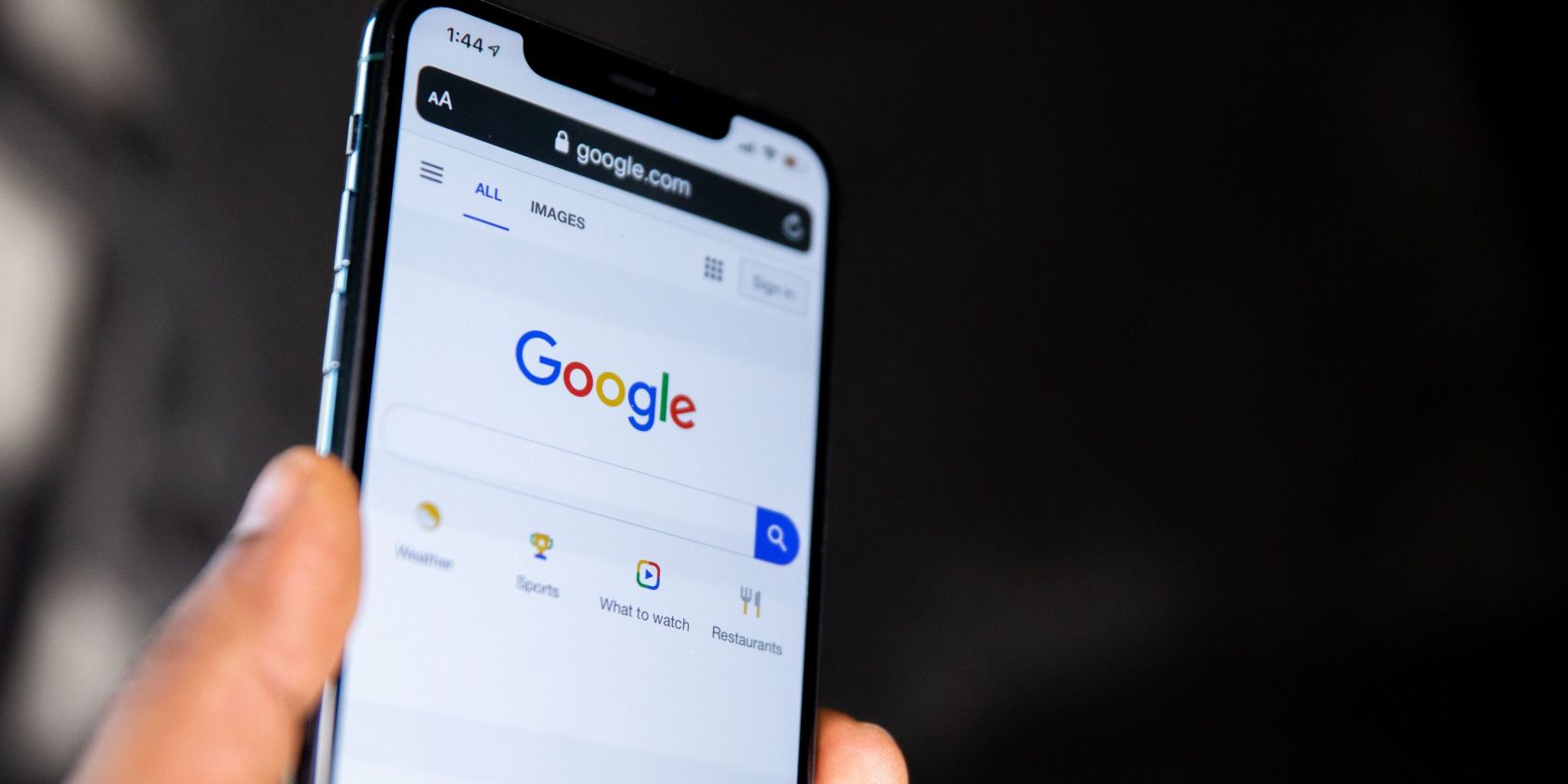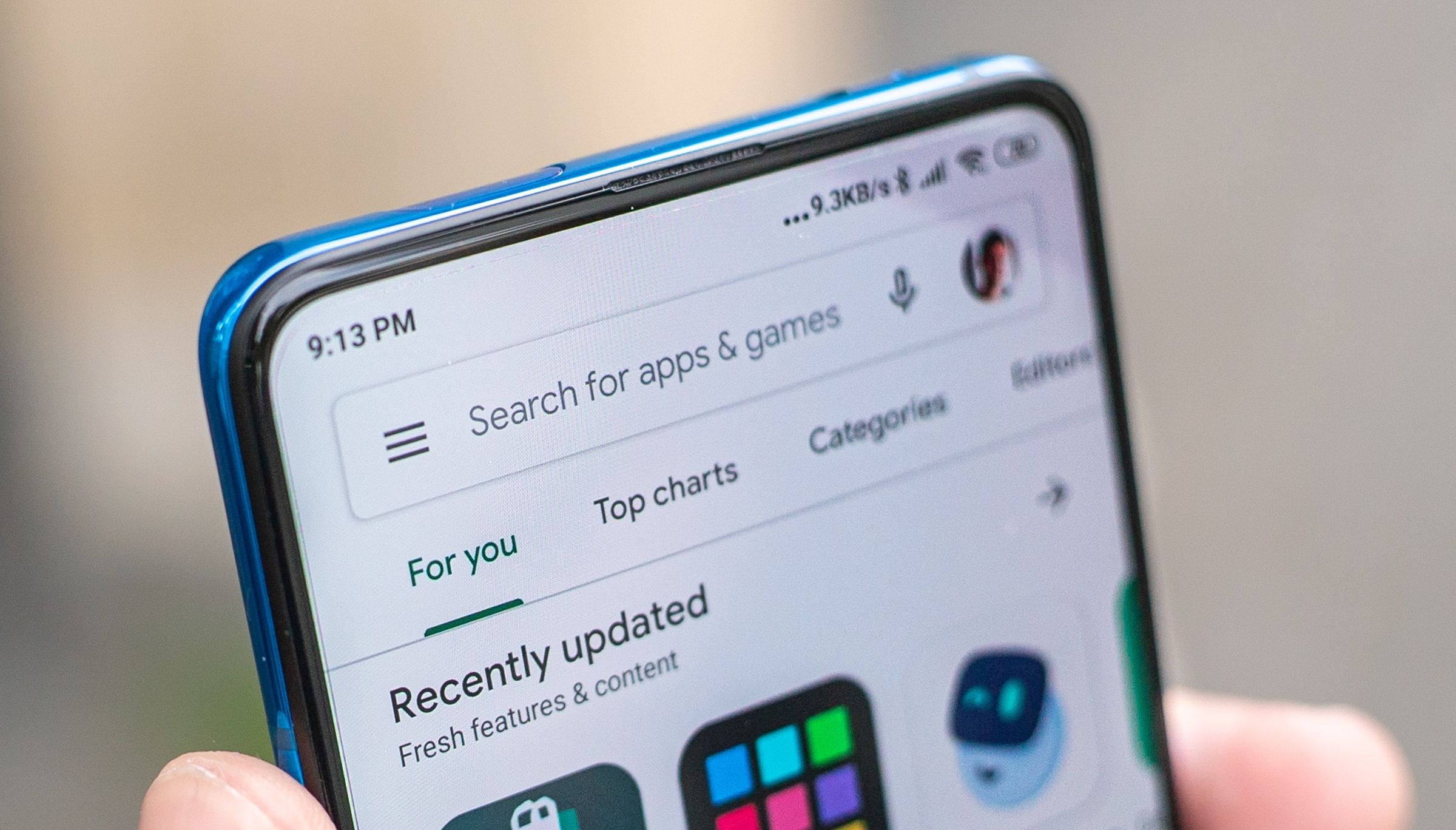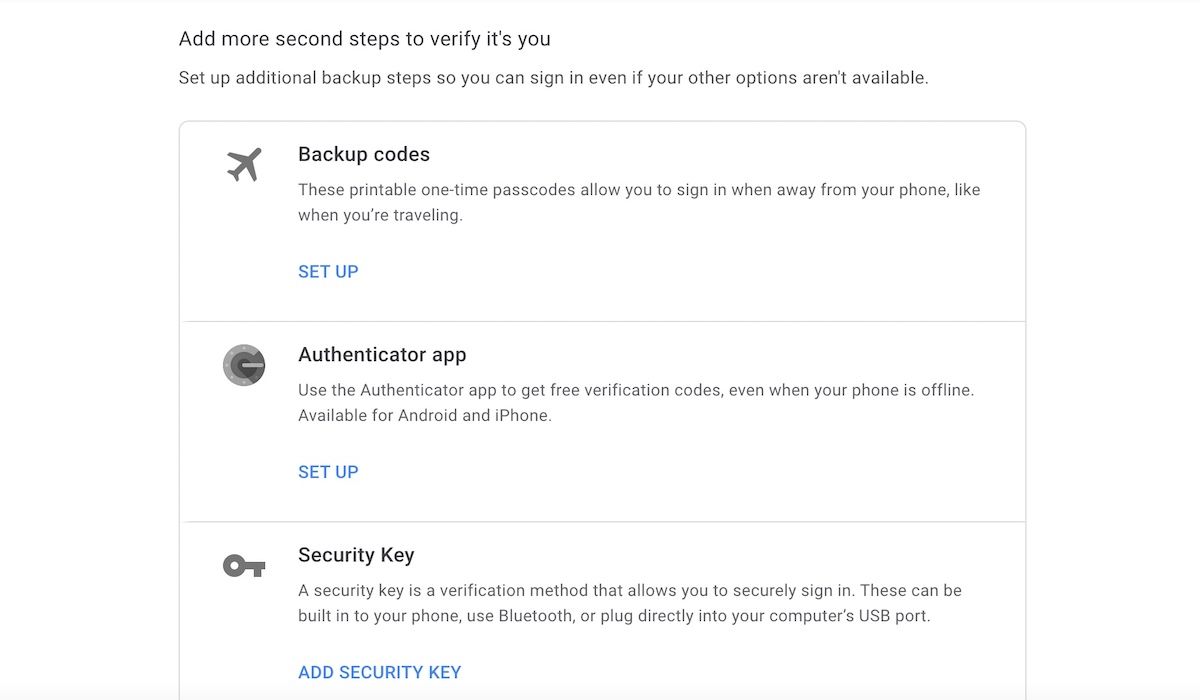With phishing scammers constantly coming up with creative ways to fool Gmail users into revealing their passwords, two-factor authentication is an important step in keeping your account safe. But if your Google Authenticator codes suddenly stop working, it might be related to a problem on your phone. So, how can you fix Google Authenticator codes that have stopped working?
1. Sync the App's Time
Mobile users might find that their Google Authenticator codes aren't working when logging into their accounts. And strangely enough, the issue may actually have to do with Google Authenticator's time settings.
If your Google Authenticator app is not working, either on Android or iPhone, there may be a glitch with the time sync. Fortunately, it's easy to fix this if Google Authenticator has stopped working. Here's how.
All you have to do is make sure your Google Authenticator app's time is synced correctly. Launch the app, tap the menu button (the three dots at the top right of the screen), and go to Settings > Time Correction for Codes > Sync now.
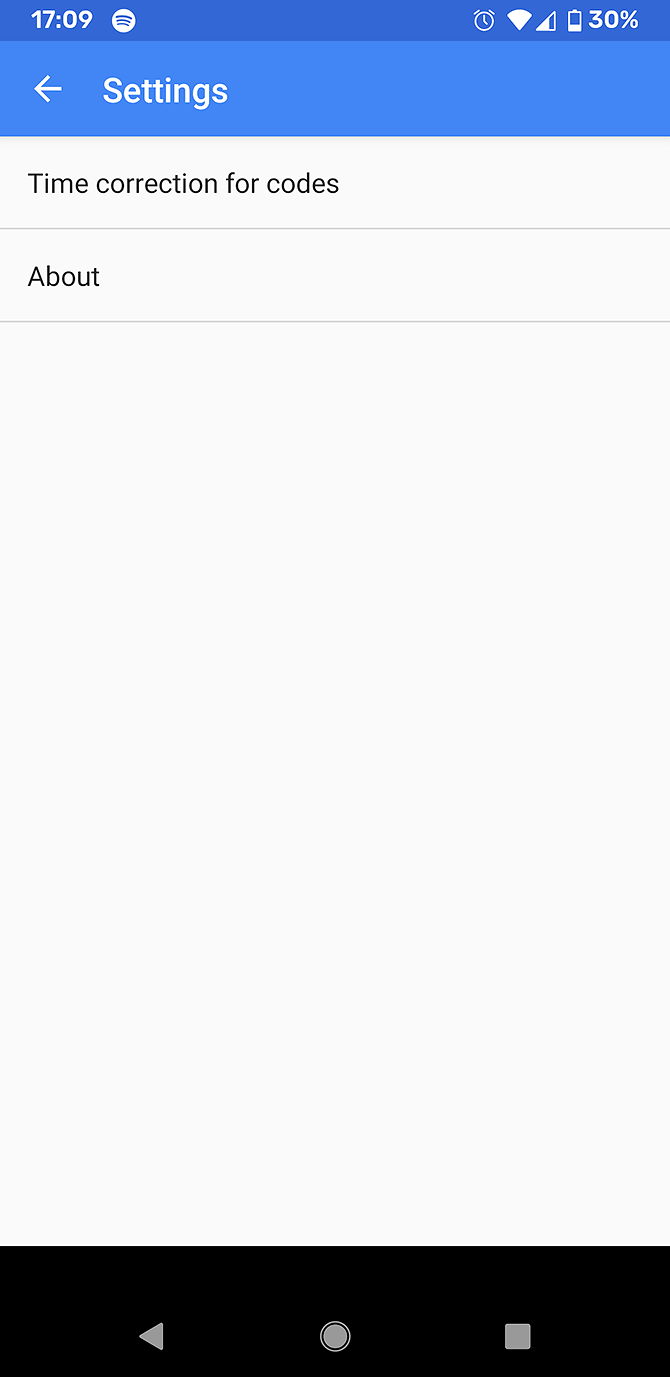

You should find that your Google Authenticator codes work properly after this.
Syncing the time in the Google Authenticator app won't affect the time setting on your phone.
2. Update the Authenticator App
Are you confident that the Authenticator app on your phone has the latest updates installed? How long has it been since you last updated it? If you aren't certain, it might be time for an update.
Updates are not only critical for patching security loopholes but are also necessary to fix existing or new bugs in the software. Your app being outdated may very well be the reason Google Authenticator crashed (and this is why updates are so important). A quick update will clarify if this is really the case.
How do you check whether your Google Authenticator app is up-to-date?
- On your Android device, go to the Google Play Store app.
- Click on your profile icon from the top right.
- Now, select Manage apps & devices.
- Apps with newly available updates are labeled as “Update available.”
- Select Update.
If there is a new update available for Google Authenticator, then it'll be downloaded within a few seconds. Everything should get back to normal if the Authenticator app actually stopped working due to an update issue.
You should also note that in general, it's always better to have automatic updates enabled on your devices. This will ward off any security threats or common bugs that may arise otherwise.
3. Install Google Authenticator on Multiple Devices
You might be concerned about relying on just one device as your authenticator. For example, you may lose your primary device. Its battery may run out when you need it. Or it could be inaccessible when you travel for some reason. There are many reasons Google Authenticator might have stopped working.
In these cases, one option is to install Google Authenticator on multiple devices. If you have an old phone that you no longer use, you can use that. Or you could install the app on your tablet or laptop as well as your phone.
Setting up two devices with Google Authenticator is actually pretty basic. Firstly, install the app from the Play Store on both devices. Now, navigate to the page for setting up two-factor authentication.
You will then see a QR code. Use this QR code first on your primary device, then on your secondary device. Enter the numeric code from either device to confirm if it works.
Now, both devices will show the same numeric codes for logging in. If your primary device isn't available, you can use your secondary device instead. If you do this, remember that you'll need to keep your secondary device somewhere safe.
Alternatively, if you have recently purchased a new device, you might want to look into switching Google Authenticator to a new phone.
4. Log In to Google Authenticator Using Back-Up Codes
When you set up your Google Authenticator app, you have the option to create backup codes in case you lose your original codes, or they stop working. These codes are strings of numbers, and you can use each code just once to log in.
Back-up codes are very useful if you lose your device with Google Authenticator installed on it. Or if the Google Authenticator app isn't working for some reason. It's a good idea to take a copy of your backup codes and keep them somewhere safe.
How to Generate Back-Up Codes on Desktop
To generate backup codes for your Google Authenticator app when you are browsing on a computer, follow these steps:
- Go to your Google Account 2-Step Verification page by heading to Manage your Google Account > Security > 2-Step Verification. You may need to sign in to your account to progress beyond this point.
- Scroll down to the Add more second steps option to verify it's your section. Find the Backup code's subheading.
- If you've already set up codes, you'll see an option for Show codes. If not, click on Set up.
- The page will generate 10 codes. Each is eight digits long.
- You should keep these codes somewhere safe—ideally, you should not store them on your computer, as this could be a security issue.
- If you have used your codes and need to generate new ones, you can click on Get new codes.
- Click Print to print the codes on paper. Or click Close to close the window.
How to Generate Back-Up Codes on Android
Alternatively, if you are on an Android device, then you can generate backup codes in another way:
- Go to Settings on your Android device.
- Go to Google and then to Manage your Google Account.
- Select Security from the menu at the top.
- Find the Signing into Google heading and select 2-Step Verification. You may need to sign in to your account.
- Now find the Backup codes section and tap Show codes to see your codes. Alternatively, if you have not set up codes yet, tap Set up.
- From here, you can choose to print your codes or write them down. There is an option to download your codes onto your device, but this is not ideal for security reasons. Write the codes down on paper instead: yes, there's still a risk associated with doing that, but as long as you keep that paper in a safe place, you should be fine.
- If you have used up your codes, you can tap Get new codes to generate new ones.
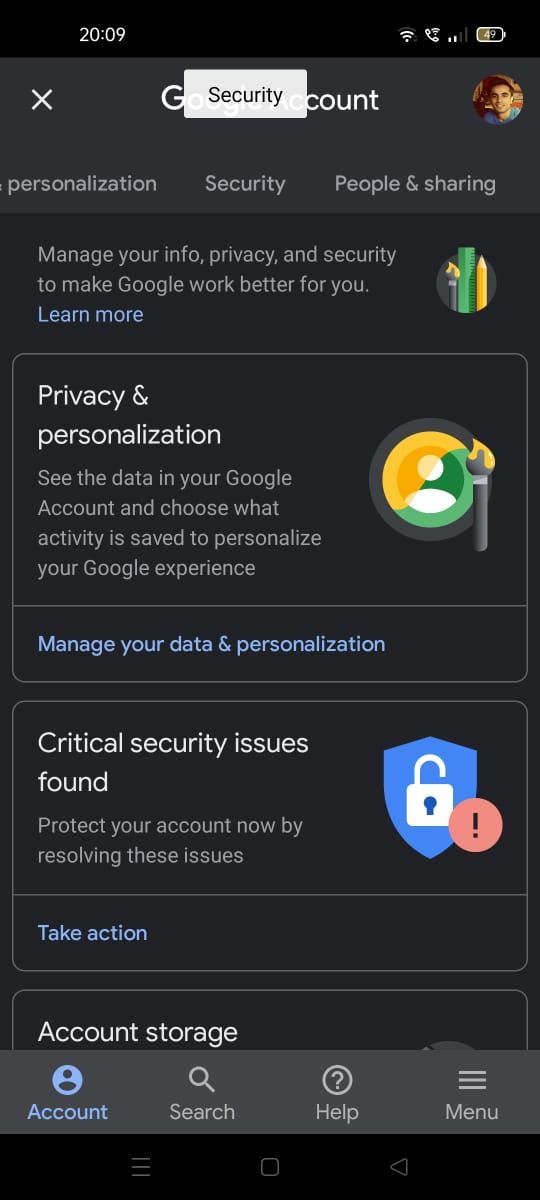
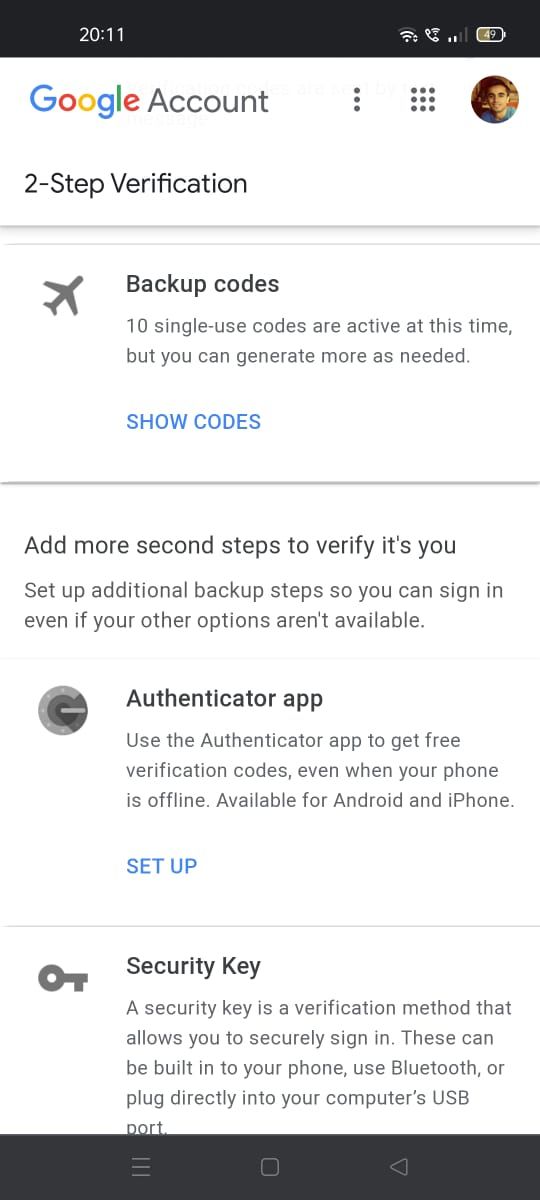
How to Use Back-Up Codes to Fix the Authenticator
If you ever find your Google Authenticator app isn't working, and you need to use your backup codes, here's how to do that.
- Sign in to a Google service as usual, with your username and password.
- When you are asked for a verification code, select More options.
- Select Enter one of your 8-digit backup codes.
- Type in your backup code.
- Now you'll be logged in as usual.
Remember that each code can be used only once, so make sure you still have spare codes for the future. So when you have your backup codes with you, if your Google Authenticator app stops working for any reason, you can recover your account in no time.
Now You Know How to Fix Google Authenticator Codes
Using two-factor authentication is important to keep your accounts safe, so it's always beneficial to have a 2FA app set up for your online accounts, such as Google Authenticator. However, these apps can be subject to malfunction, so it's worth knowing what steps you need to take if your codes suddenly stop working.

